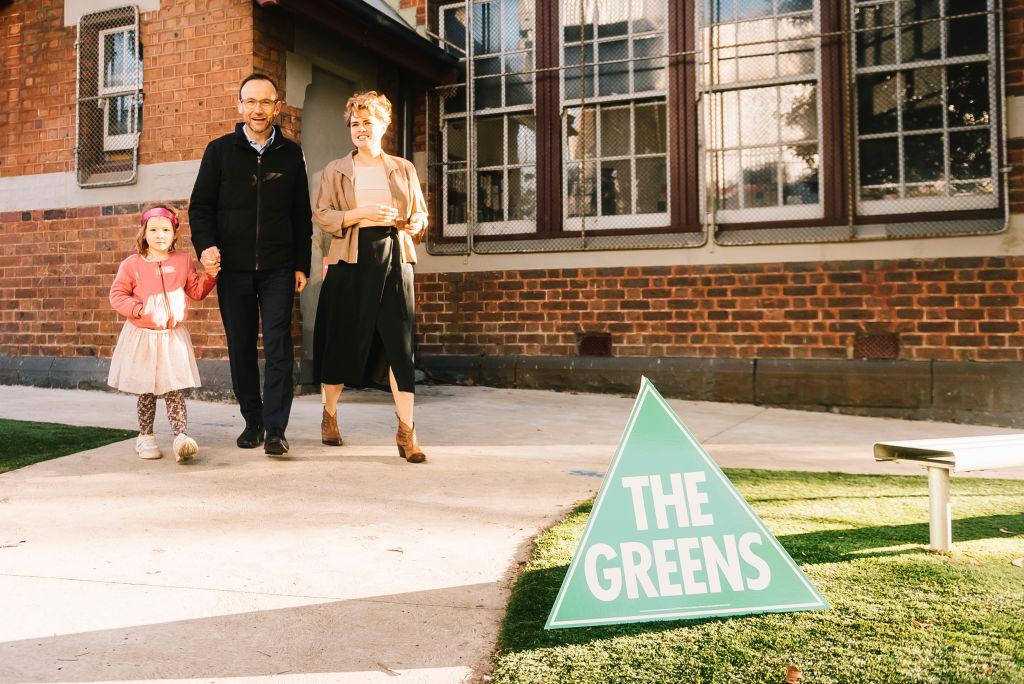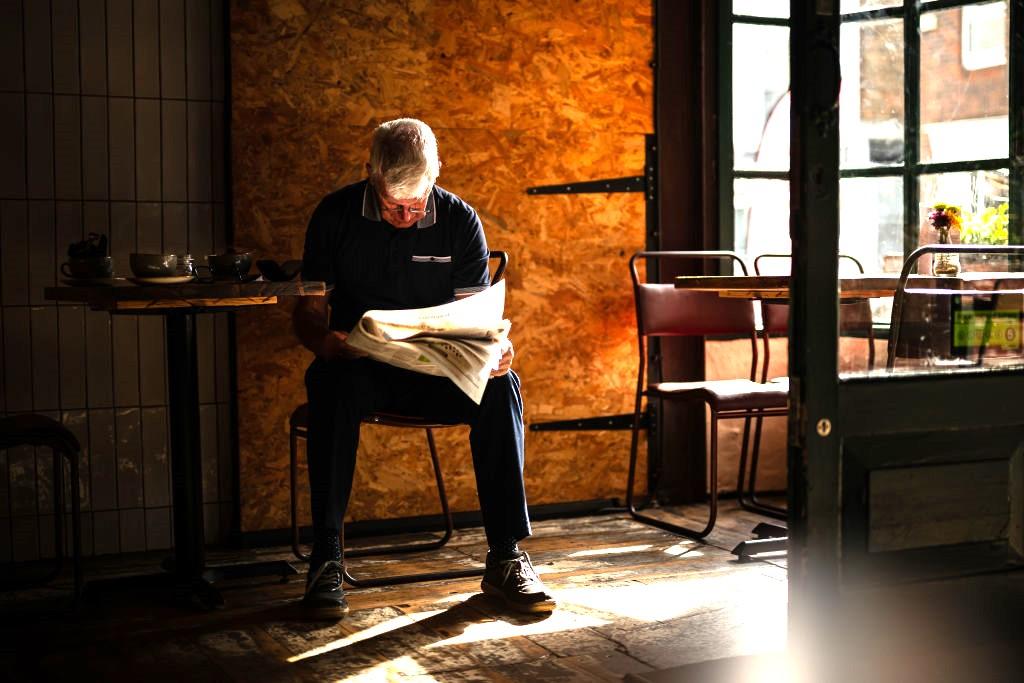Commentary
Following the 1987 Australian federal election, then Labor Prime Minister Bob Hawke appointed senior party figure and powerbroker Senator Graham Richardson as minister for the environment. At that time, the Hawke government sought to claim the “green agenda” against the perceived growing influence of the Greens in Australian politics.





